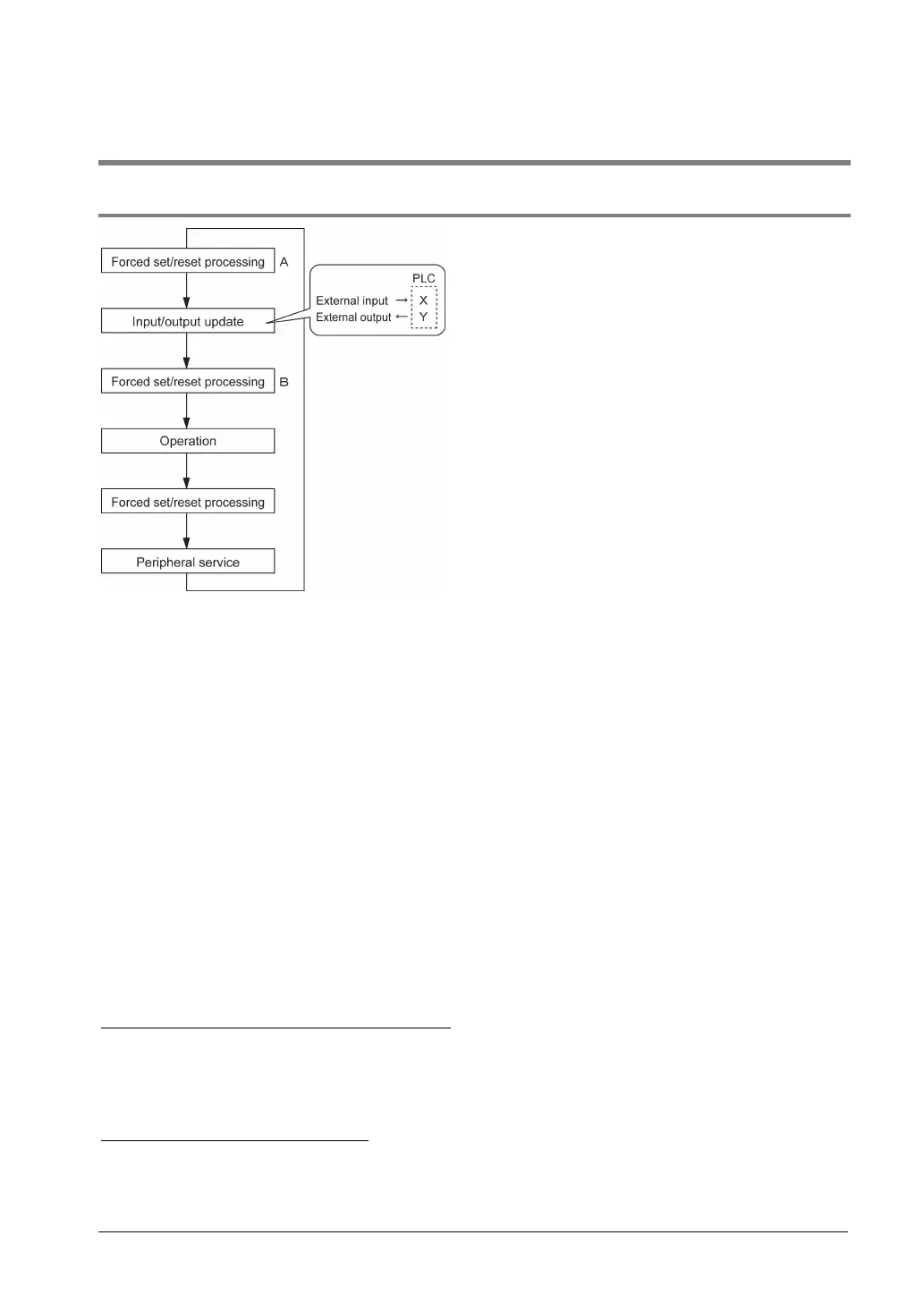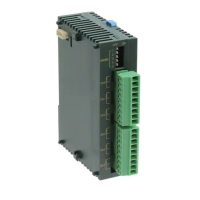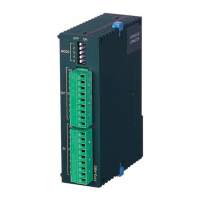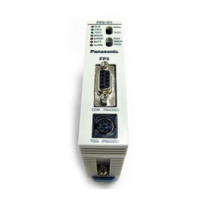12-15
12.6 Processing During Forced Input and Output
12.6.1 Processing When Forced Input/Output is Initiated During RUN
1. Processing of external input (X)
- Regardless of the state of the input from the input device, forced on/off operation will take precedence
at a contact specified for forced input/output in the above procedure B. At this time, the input LED will
not blink, however, the area of input X in the operation memory will be rewritten.
- As for contacts not specified, the on/off state will be read according to the input status from the input
device.
2. Processing of external output (Y)
- Regardless of the state of the result of operation, forced on/off will take precedence at a contact
specified for forced input/output in the above procedure A. At this time, the area of output Y in the
operation memory will be forcibly rewritten. External output will take place according to the input/output
update timing in the above diagram.
- The on/off state of contacts not specified will be determined by the operation result.
3. Processing of Timer (T) and Counter (C)
- Regardless of the timer/counter input condition, forced on/off operation will take precedence at a
contact specified for forced input/output. At this time, the contact of the timer (T) or counter (C) in the
operation memory will be rewritten. Timing and counting will not take place during control.
- The on/off state of contacts not specified will be determined by the operation result.
Operation during operation
For small-sized PLCs FP0, FP0R, FPΣ and FP-X
The internal relay R or output Y specified by OT or KP instruction is rewritten according to the results of
operation. However, as the R or Y is set/reset again right before the peripheral service (as the above
procedure C), the monitoring value with the tooling software or the output to external devices is forcibly
rewritten to a specified value.
For medium-sized PLCs FP2, FP2SH
For the internal relay R and output Y specified by OT or KP instruction, the value of the forced
processing has a priority. When rewritten by a high-level instruction, the result of the instruction has a
priority.

